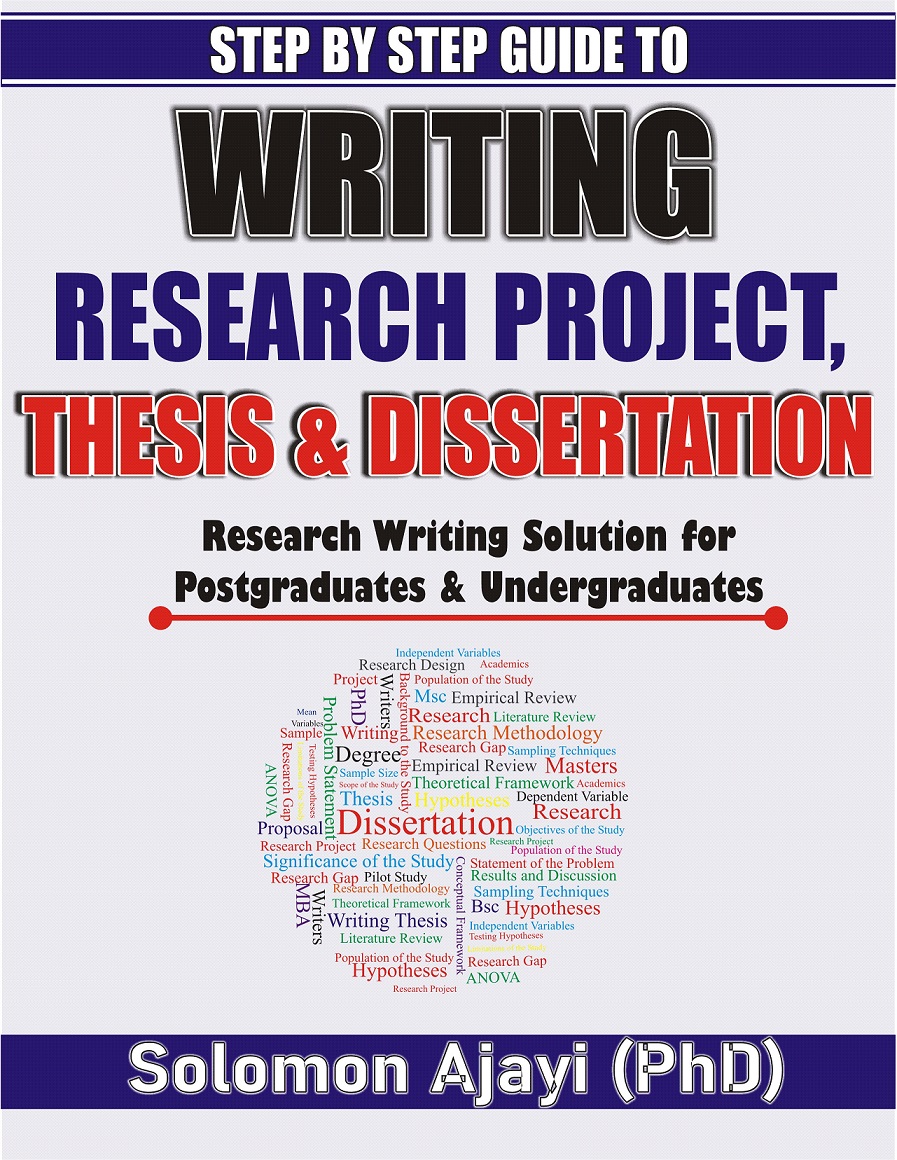

Historically, Chapter Two of every academic Research/Project Write up has been Literature Review, and this position has not changed. When preparing your write up for this Chapter, you can title it “Review of Related Literature” or just “Literature Review”.
This is the chapter where you provide detailed explanation of previous researches that has been conducted on your topic of interest. The previous studies that must be selected for this chapter must be academic work/articles published in an internationally reputable journal.
Also, the selected articles must not be more than 10 years old (article publication date to project writing date). For better organization, it has been generally accepted that the arrangement for a good literature review write up follows this order:
2.1 Conceptual Review
2.2 Theoretical Framework
2.3 Empirical review
Summary of Literature/Research Gap
This serves as the preamble to the chapter alone or preliminary information on the chapter. All the preliminary information that should be provided here should cover just this chapter alone because the project already has a general introduction which is chapter one. It should only reflect the content of this chapter. This is why the introduction for literature review is sometimes optional.
Basically here, you should describe the contents of the chapter in few words
2.1 CONCEPTUAL REVIEW
This section can otherwise be titled “Conceptual Framework”. It must capture all explanations on the concepts that are associated with your research topic in logical order. For example, if your research topic is “A study of the effect of advertisement on firm sales”, your conceptual framework can best follow this order:
2.1 Conceptual Framework
2.1.1.1 Types of Advertisement
2.1.1.2. Advantages of Advertisement
2.1.2 Concept of Firm Sales
2.1.2.1 Factor determining Firm Sales
These concepts must be defined and described from the historical point of view. Topical works and prevailing issues globally, in your continent and nation on the concepts should be presented here. You must be able to provide clear information here that there should be no ambiguity about the variables you are studying.
2.2 THEORETICAL FRAMEWORK
This can be otherwise titled “Theoretical Review”. This section should contain all previous professional theories and models that have provided explanations on your research topic in the recent past. Yes, related theories and models also falls within the category of past literature for your research write up. Professional theories that are most relevant to your topic should be separately arranged in this section, as seen in the example below:
2.2 Theoretical Framework
2.2.1 Jawkwish Theory of Performance
2.2.2 Interstitial Theory of Ranking
2.2.3 Grusse Theory of Social Learning
But the most important thing to note while writing this part is that, apart from making sure that you must do a thorough research and ensure that the most relevant theories for your research topic is selected, your theoretical review must capture some important points which should better reflect in this order for each model:
The proponent of the theory/model, title and year of publication, aim/purpose/structure of the theory, contents and arguments of the theory, findings and conclusions of the theory, criticisms and gaps of the theory, and finally the relevance of the theory to your current research topic.

Academic project or thesis or dissertation writing is not an easy academic endeavor. To reach your goal, you must invest time, effort, and a strong desire to succeed. Writing a thesis while also juggling other course work is challenging, but it doesn't have to be an unpleasant process. A dissertation or thesis is one of the most important requirements for any degree, and this book will show you how to create a good research write-up from a high level of abstraction, making your research writing journey much easier. It also includes examples of how and what the contents of each sub-headings should look like for easy research writing. This book will also constitute a step-by-step research writing guide to scholars in all research fields.
2.3 EMPIRICAL REVIEW
This can be otherwise titled “Empirical Framework”. This is usually described as the critical review of the existing academic works/literature on your research topic. This can be organized or arranged in two different alternative ways when developing your write up:
Note that every research you critically review must have evident/obvious gaps that your research intends to fill.
SUMMARY OF LITERATURE REVIEW/RESEARCH GAP/GAP ANALYSIS
This is the concluding part of every literature review write up. It provides the summary of the entire content of the whole Chapter. Sometimes, some institutions require that you bring the analysis of all the gaps of the existing literature under review here. Conclusions on the whole existing literature under review should briefly be highlighted in this section.
I trust that this article will help undergraduates and postgraduate researchers in writing a very good Literature Review for your Research/Project/Paper/Thesis, and will also meet the needs of our esteemed readers who has been requesting for a guide on how to write their Chapter Two (Literature Review).
Enjoy, as you develop a good Literature Review for your research!